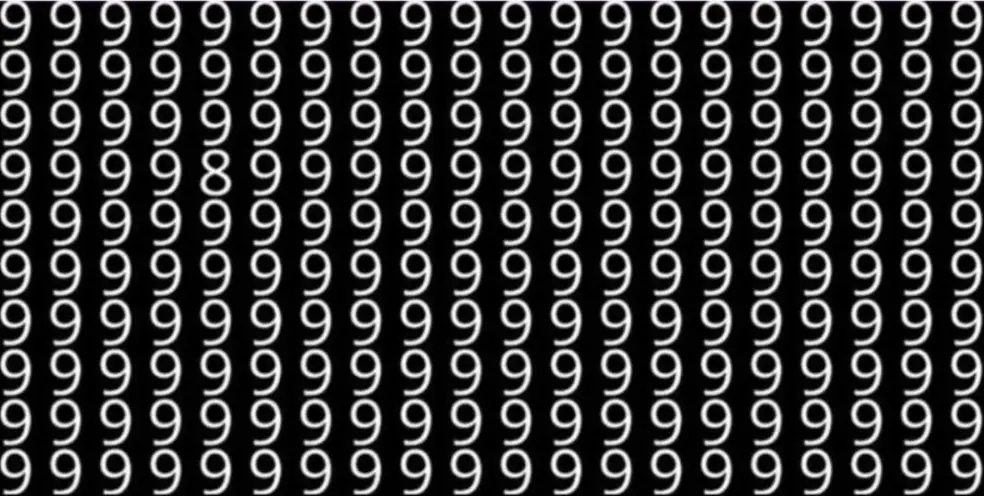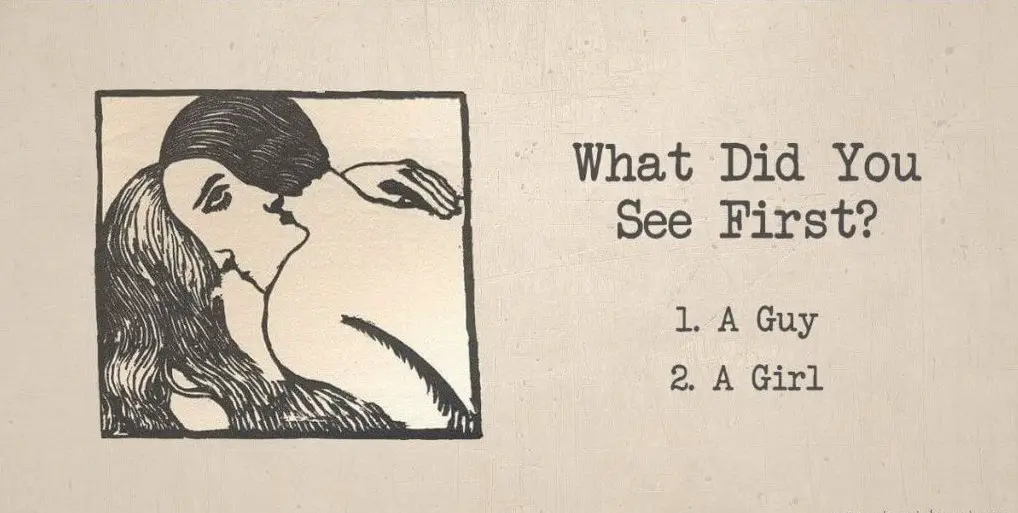Not everyone has a gift for maths or business and trade. Not everyone makes a profit or knows how to calculate profits ahead especially from sales. But, making a nice deal and selling something means there is something expensive in this whole situation and means you need more in the end than what you put in at first. This makes a good trading person. Such a person or trader can make amazing profits even from things that are not about profits initially. Are you a trader or a good trader for that matter?
Here we have a small task for you and you can test your math skills here. Find out the profits a man made from a thing he sold through the trade.
Here is the task:
A man gave $60 to buy a goat. After this, he sold it for $70. But, he bought it again for $80 and continues to sell it, now for $90. What is his profit?
Calculate this deal profit! It is basic economy and math. If you solve this fast, it means you have the talent of most good traders who do good deals all the time. A good trader will know how to sell something much higher than what it originally was priced at., but to be such a good trader, you need to have a talent for math, not scary anyway, just basic math is enough.
Did you calculate?
It seems a bit hard at first, and you surely want to know the goat’s price. This is pointless and does not focus right now on the price of the goat because it is not linked to the profit at all. This is simple economy math!
Such a puzzle confused many people online and too many of them gave the wrong answer. Seems like an easy riddle math task but it is not! You may sway and wrongly see in another direction, or focus on wrong equations, but try to use simple logic to answer this.
If you didn’t manage by now, we will help you a bit. A tad of economy skills and a tad of math and it is done! Let us present this in math language:
The man earned $20. First, it was $10, then we got the $70, remove $60 of this, and you get another $10 as the second time. Now, 90-80 equals $10. Do you see the logic behind it? The total comes at $20.
Let us imagine the man had $100 at first. By this trade’s end, he had $120 total for him.
This is fun and useful at the same time. The profit was not gigantic, but it is still something!







